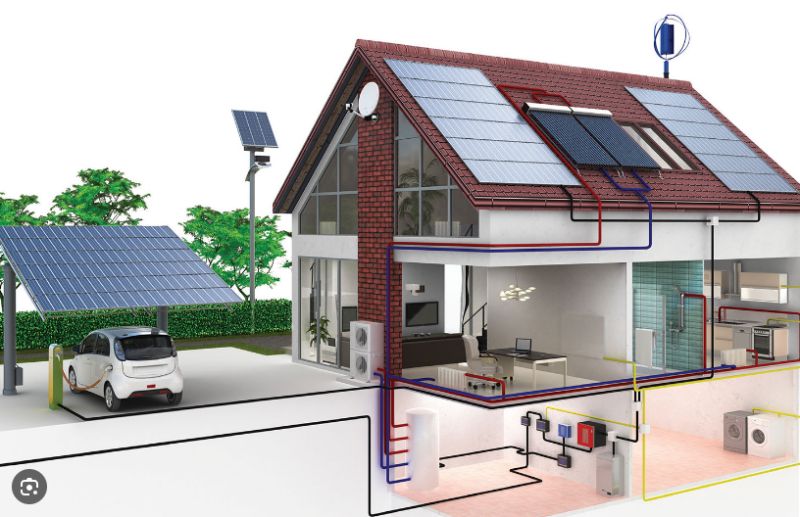As the world continues to embrace renewable energy, stand-alone Home solar systems have become a popular choice for homeowners looking to reduce their carbon footprint and save money on their energy bills. One of the most common questions homeowners have when considering solar panels is how much electricity they expect to produce. Homeowners can make the most of their investment in solar energy by understanding the factors that affect solar panel energy production and how to maximize their efficiency.
The amount of electricity a solar panel can produce depends on a variety of factors, including the size and efficiency of the panel, the angle and orientation of the solar array, and the amount of sunlight the panel receives. On average, a typical Home solar systems produces about 2-3 kilowatt hours (kWh) of electricity per square meter per day. However, homeowners can maximize solar production by ensuring panels are installed and maintained correctly and optimizing home energy use.
To get the most out of your solar panels, homeowners should first make sure they are installed in a location that receives adequate sunlight throughout the day. This usually means installing the panels on a south-facing roof, minimizing shade from trees or nearby buildings. Additionally, homeowners can increase the efficiency of their panels by installing a tracking system, which allows the panels to follow the sun’s path throughout the day, ensuring they receive maximum sunlight exposure.
Another factor that affects the power generated by solar panels is the angle at which the panels are installed. Generally speaking, solar panels should be installed at an angle equal to the latitude of the location where they are installed to maximize exposure to sunlight. By optimizing the angle and orientation of solar panels, homeowners can ensure that as much power as possible is produced.
In addition to optimizing the installation and orientation of solar panels, homeowners can maximize energy production by making their homes more energy efficient. By integrating energy-efficient appliances, LED lighting, and smart home technology, homeowners can reduce overall energy consumption and enable solar panels to meet a greater proportion of energy needs.
Homeowners can make the most of their solar investment by understanding how much power their solar panels can produce and taking steps to maximize their efficiency. With the potential to reduce their carbon footprint and save money on their electricity bills, stand-alone solar panels are an increasingly attractive option for homeowners looking to embrace renewable energy.
Post time: Dec-19-2023


